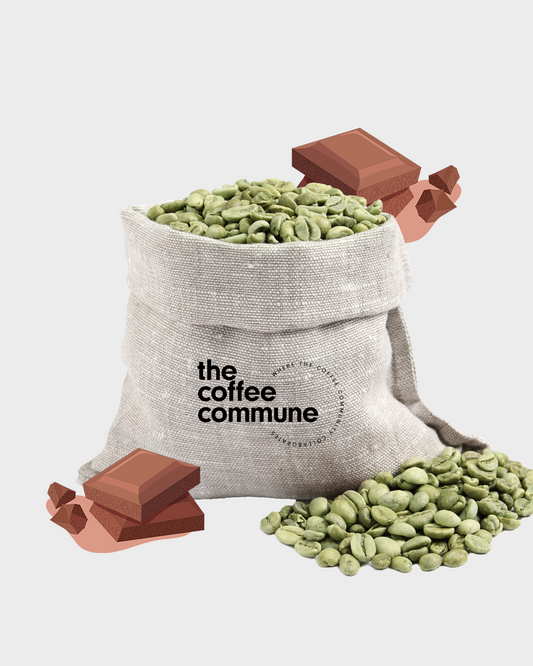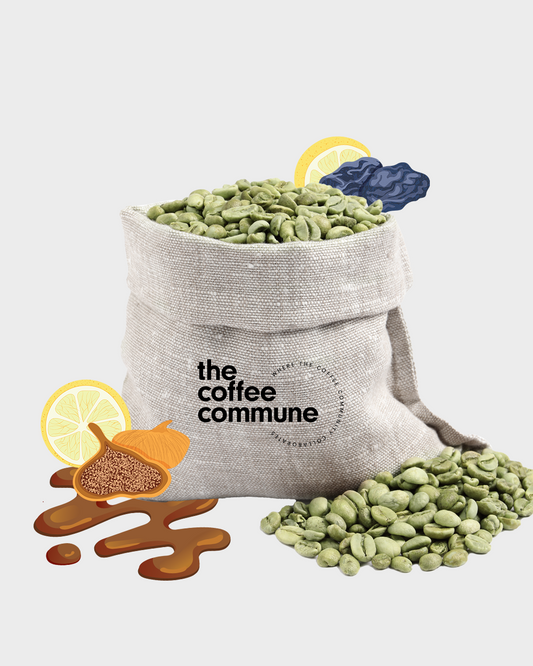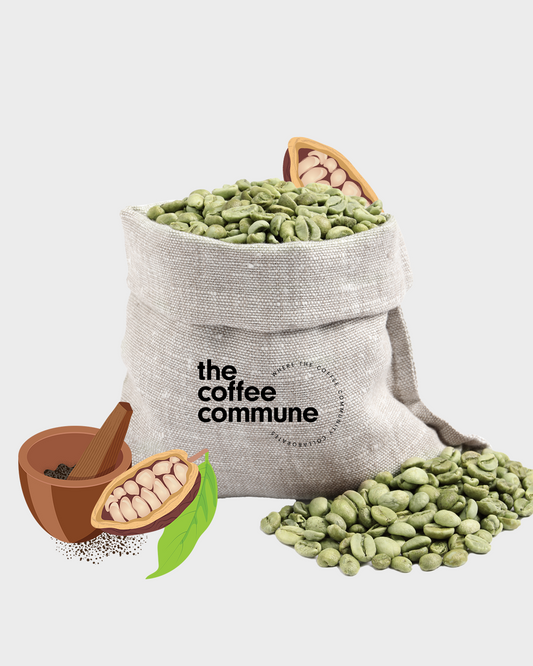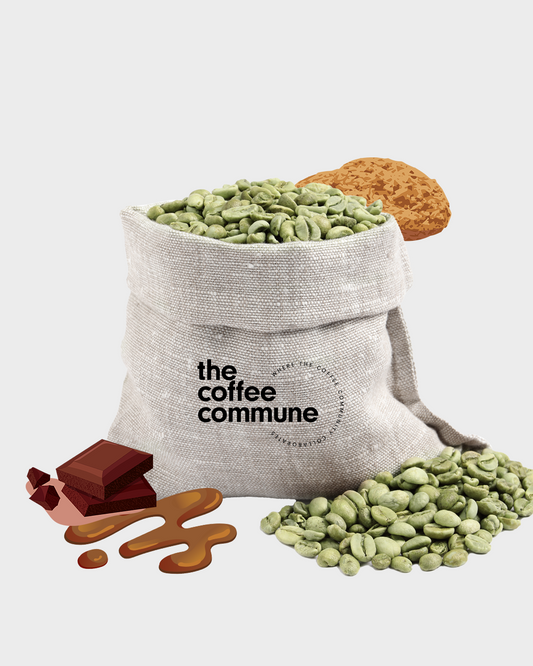Home Coffee Roasting 101: Getting Started
Welcome to the aromatic, sometimes confusing, but totally rewarding world of home coffee roasting! If you’ve ever dreamt of transforming green coffee beans into the perfect cup of joe right in your kitchen, then buckle up. We’re diving into Home Coffee Roasting 101: Getting Started. Don’t worry; we’ll keep it casual and maybe even toss in a joke or two—because who said roasting beans can't be fun?
The Basics of Home Coffee Roasting
First things first, let's chat about what home roasting actually is. Picture this: you’re a culinary wizard in your kitchen, and instead of using your wand to whip up a magic potion, you’re using a coffee roaster to conjure up a delicious cup of coffee. Pretty cool, right? Roasting coffee at home allows you to take green coffee beans and roast them to perfection, making your coffee taste fresher and more personalized.
Essential Equipment: The Home Roaster's Arsenal
- Coffee Roaster: Whats the best Coffee Roaster? What is your budget? This is your magic wand. You’ve got options: starting out with a pan roasters (grandma's old skillet with a twist), you can progress to a popcorn maker, an air roasters (think of a high-tech hairdryer), drum roasters (like a mini barbecue for your beans). (we love the Kaleido Roaster) Each has its own vibe, so pick one that suits your style and budget.
- Thermometer: No, this isn’t for checking if you’ve got a fever. A thermometer helps you monitor the temperature of your beans so you don’t accidentally turn them into charcoal. Precision is key!
- Scale: You’re going to need a scale to measure your beans—because eyeballing isn’t a great way to achieve consistency, unless you enjoy the unpredictable.
- Timer: Trust me, your beans don’t have a built-in alarm. A timer helps you keep track of how long your beans have been roasting. Over-roasted beans might give you a surprise visit from the “burnt popcorn” fairy.
- Cooling Tray: After roasting, beans need to cool down quickly. A cooling tray helps them do just that—because beans need a cool down quickly after a hot date with your roaster!
Safety First: Roasting with Care
- Safety is no joke, so plan for it from the beginning, There are a few things to consider with roasting depending on your chosen roasting machine- there is heat- think burns, smoke and chaff (outer skin that comes off when roasting).
- Ventilation: Roasting coffee can produce smoke. Make sure your kitchen is well-ventilated or you might find yourself in a coffee-induced fog. Depending on your chosen “roaster” you might be better off setting up on the back deck next to the pizza oven.
- Protective Gear: Wear an apron, because coffee roasting can get a bit messy. Think of it as your superhero cape—only on the wrong side of your body.
- Fire Safety: Keep a fire extinguisher or blanket handy. While coffee roasting is usually completely safe, it’s better to be prepared than to roast your beans into a bonfire.
Roasting 101: The Simple Steps
- Get Quality Beans: We don’t like to brag but we sell the best coffee beans at wholesale pricing because we partner the ICT importing team.
- Consider Green Coffee Bean Blends: It’s no secret that our green coffee bean blends are the easiest way to get started. We mix different beans to achieve value for money, flavour profile. We recommend a great starting green bean mix is our Choc Bomb Green Blend.
- Preheat Your Roaster: Just like you preheat your oven for cookies, preheat your roaster to get it ready. You wouldn’t bake cookies in a cold oven, right?
- Load the Beans: Add your green coffee beans to the roaster. Aim for a full load but not an overcrowded one—beans need their space, just like you do on a crowded train ride.
- Monitor and Stir: Keep an eye on the beans. Most roasters will have a clear window so you can see what's going on inside. Stir them occasionally if your roaster doesn’t do it automatically.
- Listen for the Cracks: This is where it gets a bit like a popcorn movie. Beans will start making crackling sounds. The first crack is your signal for light roasts. The second crack is for darker roasts. Pay attention, or you might end up with a roast that’s more “drowned in darkness” than “perfectly bold.” Our Blogs will give you more detail on the finer points of roasting- or you can always send us a message for HELP!!
- Cool the Beans: Once they’re done roasting, quickly transfer them to the cooling tray. This stops the roasting process and prevents them from turning into burnt offerings.
- Store Properly: Let your beans rest for at least 24 hours before brewing. This is when they develop their full flavour in a process called degassing. Store them in an airtight container away from light and moisture. Both Green and Roasted Beans can be kept in a cool dry dark location in your house.
Taste Testing and Adjustments
Here comes the fun part: tasting! Brew a cup from your freshly roasted beans and savour the flavour. It might not be perfect on the first try, and that’s okay. Coffee roasting is as much an art as it is a science. Keep experimenting with different roast levels, times, and temperatures. Your taste buds will thank you.
Final Thoughts
And there you have it—your quick start guide to home coffee roasting. It's a bit of science, a pinch of art, and a whole lot of fun. So grab your beans, fire up your roaster, and start your journey to coffee nirvana. Remember, even the best roasters had a first batch of beans. And if you mess up a batch or two? Consider it a "well-roasted" lesson.
Our partner Coffee Commune offers roaster training for anyone getting started through to experienced roasters that want to improve their results. They also have roasters you can hire by the kg if you want to see how much fun you can have prior to committing.
Happy roasting! ☕






